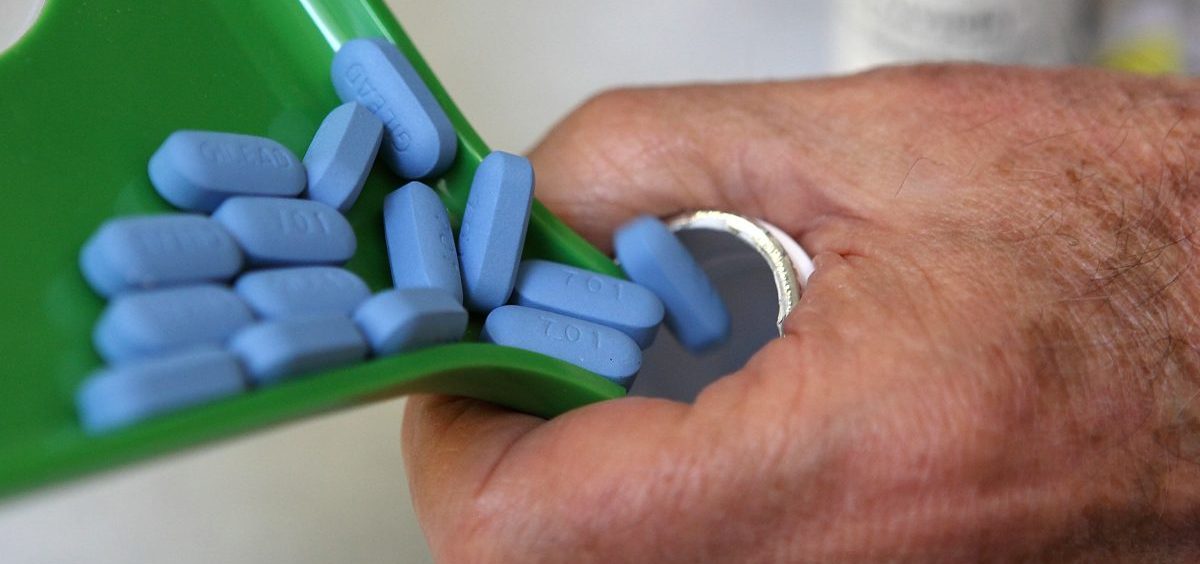News

Expert Panel Recommends Wider Use Of Daily Pill To Prevent HIV Infections
By: Allison Aubrey | NPR
Posted on:
The U.S. Preventive Services Task Force has a new recommendation aimed at preventing HIV infections and AIDS. The influential panel’s guidance says people at high risk of being infected with HIV should be offered preventive antiretroviral medications — taken in a daily pill.
There’s lots of evidence that preexposure prophylaxis — also known as PrEP — is effective. The Food and Drug Administration-approved pill Truvada contains two antiretroviral medicines (tenofovir and emtricitabine).
The Centers for Disease Control and Prevention cites evidence that PrEP can reduce the risk of HIV infection by up to 92% in people who are at high risk and who take the drug consistently.
The CDC recommended PrEP several years ago and calls it “a powerful HIV prevention tool,” but so far uptake of PrEP has been slow.
“Currently, less than 10% of individuals with an indication for PrEP are receiving this medication,” write Hyman Scott and Paul Volberding in an editorial published Tuesday alongside the new recommendation in the medical journal JAMA. Both authors are physicians and researchers at the University of California, San Francisco who have been involved in HIV research.
“The gap between indication and use is most pronounced among black and Latino men who have sex with men,” Volberding and Scott write.
And the new recommendation “should serve to promote policies to expand PrEP access to those at risk,” they conclude.
People at high risk of HIV infection include those who inject drugs and those who have sex without condoms when they don’t know the HIV status of their high-risk partner.
Many insurers already pay for Truvada, but the task force’s recommendation could be influential in expanding coverage of the drug, whose list price runs $21,360 a year.
“The cost of the medication is absolutely a barrier for a lot of people in the U.S.,” Scott said in an interview. “We have patients who go to the pharmacy and are told they have to pay $1,300 or $1,600 for their month’s supply of Truvada.”
Many at-risk people can get the drug at a reduced cost or at no cost, depending on their insurance. “We try to educate patients to let them know there are many programs to help offset the costs,” Scott says.
“We’ve done a good job in medicine at being able to treat HIV, in the sense it’s now become a chronic disease for most people … but we still have a problem with new HIV infections,” says John Epling, a physician and professor of family and community medicine at Virginia Tech and a member of the U.S. Preventive Services Task Force. The goal is to prevent these infections.
More than 38,000 new HIV cases were diagnosed in the U.S. in 2017, according to the CDC. “So, we need for primary care clinicians to engage in offering PrEP to their high-risk patients,” Epling says.
The task force’s recommendation is published with a new review of the evidence, including an analysis of multiple studies evaluating the safety and effectiveness of PrEP.
The studies found that most side effects, including gastrointestinal complaints and some nausea, were mild and reversible. Another side effect in some people taking Truvada is elevated creatinine, a measure of kidney function, so patients on the drug are monitored periodically.
The review finds that the therapy significantly reduces the risk of acquiring HIV infection compared with a placebo, although effectiveness drops when people fail to take the pill daily.
“PrEP is highly effective at preventing HIV acquisition,” Epling says, “if it’s taken every single day and condoms are used.”
9(MDI4ODU1ODA1MDE0ODA3MTMyMDY2MTJiNQ000))

